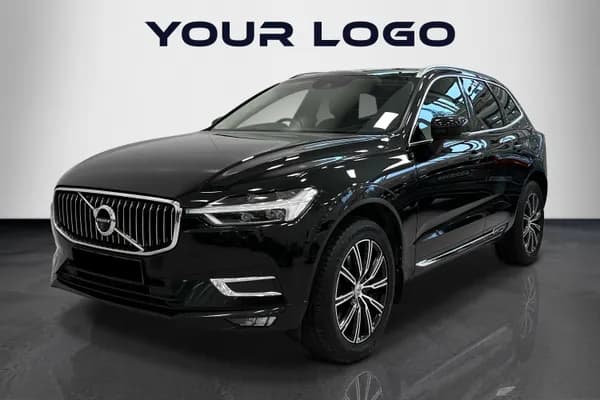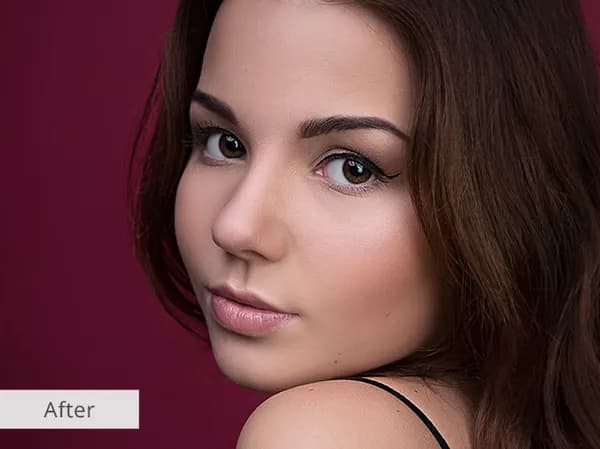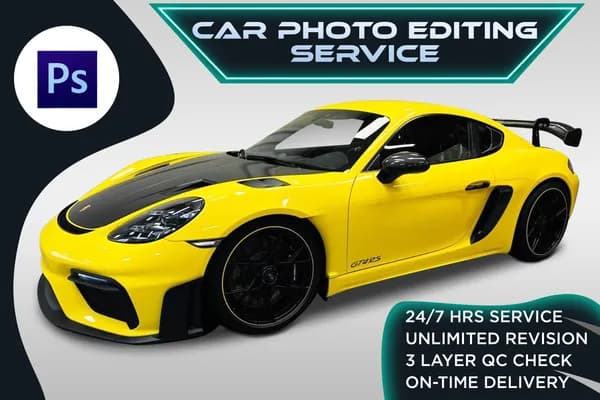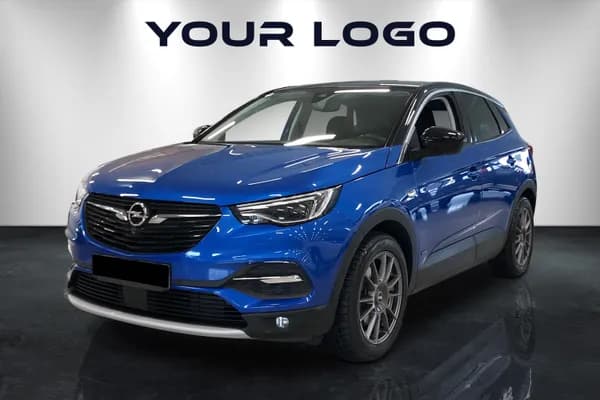Blog
Read the latest insights, tips, and stories from our team.
Categories
Latest Blogs

December 05, 2025
How to Edit Jewelry Photos to Make Them Shine: A Complete Guide

December 04, 2025
How to Edit Car Photos in Lightroom — Step-by-Step Guide

December 04, 2025
7 Reasons Why Ecommerce Photo Retouching is Important

December 04, 2025
How Long Do Dealerships Keep Used Cars? Ultimate Guide for 2025 Buyers

December 04, 2025
Best Websites to Design Your Own Race Car Online in 2025
photoshop-shadow
Why Shadows Matter in Product Photography: The Hidden Key to Visual Impact

When it comes to online shopping, first impressions are everything. Customers can’t physically touch or try your product; they rely solely on images to decide. While clear, high-resolution photos are important, there’s one powerful yet often overlooked element that makes a massive difference: shadows.
Yes, the right shadow can transform a flat, lifeless image into something realistic, professional, and trustworthy. In this blog, we’ll explore why shadows are so important in product photography, the different types you can use, and how they can directly impact your e-commerce performance.
-
Want professional shadow editing? Check out our Photoshop Shadow Services
What Are Shadows in Product Photography?
Shadows are the dark shapes or areas created when an object blocks a light source. In product photography, shadows give depth, texture, and a natural sense of placement. Without shadows, your products may appear as though they're floating, completely disconnected from reality.
There are several types of shadows commonly used in Photoshop product image editing:
-
Natural Shadow – Mimics how light would fall naturally, creating a subtle shadow beneath or behind the product.
-
Drop Shadow – A stylized shadow added behind the product to make it pop from the background.
-
Reflection Shadow – Mimics the effect of a shiny surface, often used for products like sunglasses, electronics, or jewelry.
-
Cast Shadow – A directional shadow cast on a surface to create a sense of natural lighting and grounding.
Each of these serves a specific purpose, which we’ll break down shortly.
Why Shadows Matter: Key Benefits in Product Photography
1. Shadows Add Realism and Depth
Without shadows, a product image feels flat. Shadows introduce dimension, making products appear more three-dimensional and lifelike. This is essential for e-commerce, where customers rely on visual cues to understand size, form, and texture.
2. Shadows Build Trust and Authenticity
A product image that looks fake or over-edited can erode trust. Subtle shadows, when done correctly, simulate a natural environment, making the product feel tangible. This small detail can create psychological trust and improve buying confidence.
3. Enhances Visual Aesthetics
Shadows help in balancing lighting, contrast, and focus. They frame your product subtly and bring attention to its key features without distractions. Especially in fashion and luxury product photography, a well-edited shadow adds a premium finish.
4. Increases Conversion Rates
Visual perception plays a huge role in e-commerce sales. An image that looks clean and professional naturally increases click-throughs and purchases. Many online stores have seen a direct lift in conversions after using professionally edited shadow effects.
Common Photoshop Shadow Effects (With Use Cases)
Natural Shadow
Ideal for: Clothing, furniture, lifestyle products
-
Recreates realistic lighting conditions
-
Makes the product appear grounded on a surface
-
Excellent for catalogs and clean white background images
Drop Shadow
Ideal for: Packaged goods, gadgets, footwear
-
Adds contrast between the product and the background
-
Makes the object “pop” visually
-
Great for thumbnail images and grid listings
Reflection Shadow
Ideal for: Jewelry, eyewear, cosmetics, electronics
-
Creates a high-end mirror effect
-
Gives a polished, luxury appearance
-
Often used on dark backgrounds or glass surfaces
Cast Shadow
Ideal for: Editorial and lifestyle photography
-
Mimics a real shadow falling onto a surface
-
Helps emphasize shape and spatial awareness
-
Makes images feel more dynamic and engaging
When to Use Each Shadow Type
Knowing when to use each shadow type is key to elevating your brand’s visual identity.
|
Shadow Type |
Best Use Case |
Benefit |
|
Natural Shadow |
E-commerce white background photos |
Realism, simplicity |
|
Drop Shadow |
Product listings, packaging shots |
Depth, focus |
|
Reflection Shadow |
Luxury and glass-based products |
Elegance, modern feel |
|
Cast Shadow |
Lifestyle/editorial shots |
Realistic light direction |
Mistakes to Avoid in Shadow Editing
Not all shadows are created equal, and poorly edited shadows can harm your brand image. Here are common mistakes to avoid:
-
Inconsistent lighting direction – Shadows must match the light source.
-
Overly harsh or soft shadows – Too intense or too faint can look fake.
-
Unnatural color tones – Shadows should blend seamlessly with the background.
-
Wrong shadow for the product type – A reflection shadow on fabric won’t work!
These mistakes are why professional shadow editing in Photoshop is so valuable.
Why Professional Shadow Editing Matters
DIY editing or automated tools often fall short in realism and quality. A professional photo editing service like Pixels BD ensures your product images are edited with attention to detail, brand alignment, and conversion optimization.
What We Offer:
-
Custom shadow creation (natural, drop, reflection, cast)
-
Multi-angle product consistency
-
Bulk editing support for large e-commerce catalogs
-
Quick turnaround and affordable pricing
-
Explore our Photoshop Shadow Services
The Direct Link Between Shadows and Sales
Whether you’re selling on Amazon, Shopify, Etsy, or your own website, shadows influence buying behavior. Clean, realistic images help buyers visualize the product in real life, reducing returns and increasing customer satisfaction.
Some e-commerce brands have seen:
-
20–30% improvement in CTR from shadow-enhanced photos
-
15% increase in conversions on optimized product pages
Conclusion
Shadows may seem like a small detail, but in product photography, they play a big role. From adding realism and professionalism to increasing customer trust and driving conversions, shadows are essential for building a strong visual identity in e-commerce.
If you're serious about standing out in a crowded marketplace, investing in high-quality shadow editing is one of the smartest moves you can make.
Ready to transform your product photos with professional shadow effects?
-
Get started with Pixels BD's Photoshop Shadow Services
FAQs: Why Shadows Matter in Product Photography
Why are shadows important in product photography?
Shadows create realism, depth, and visual trust, making your product images feel lifelike and polished.
What type of shadow is best for e-commerce images?
Natural and drop shadows are most common for e-commerce. They offer a clean, grounded look that highlights the product effectively.
Can I add shadows using automated tools?
You can, but automated tools often miss the subtlety and realism that professional editors achieve with Photoshop.
How much does professional shadow editing cost?
At Pixels BD, prices are competitive and depend on the image volume and shadow type, starting as low as $0.25 per image.
Do shadows affect conversions?
Yes! Better visuals improve user engagement, reduce return rates, and increase trust, directly impacting sales.
Written By